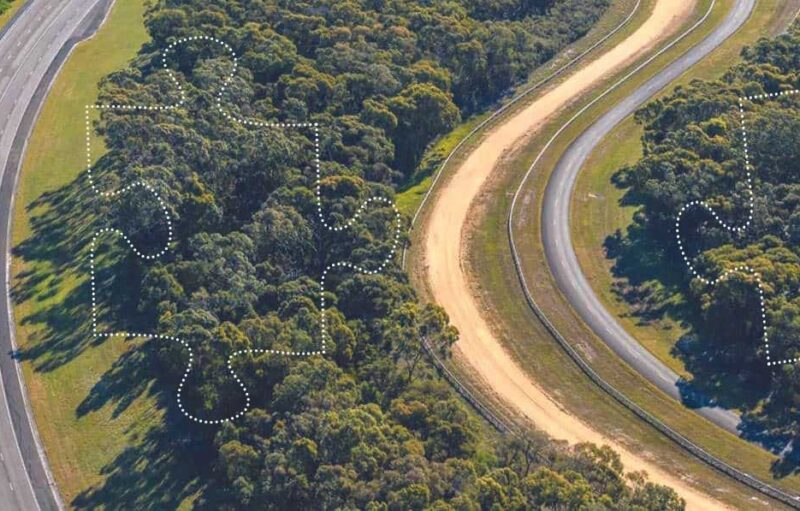PARK WATCH Article June 2024 |
It’s time for a public accounting of the MSA conservation areas, says Adrian Marshall, Grassy Plains Network Facilitator
Two years ago, I got a phone call. Not just any old phone call. Grassy Plains Network (GPN) member Andrew Booth has been on his bike checking Conservation Areas in Melbourne’s western fringe. He describes what he’s seen: spoil, smashed rocks, heavy machinery, a ruined landscape. As we speak, I get aerial imagery up on screen.
Something very bad has happened at Conservation Area 9.
This once-glorious remnant grassland was now buried under asbestos-contaminated fill. It was one of 36 biodiversity hotspots supposedly protected as part of the Melbourne Strategic Assessment (MSA). In a deal between Victoria and the Commonwealth, they were part of the compensation that let developers clear otherwise legally protected plants, animals and ecological communities.
The destruction of Conservation Area 9 shone a glaring light on how bad this deal is for our surviving grassland meadows. These areas are to become public land, jewels in Victoria’s conservation program. What condition are they in? Are they being purchased by government or kept by developers? Who’s managing them?
These are basic questions we’ve been asking the MSA, and state and federal environment ministers. Over two years, we have received little response. These aren’t state secrets.
So it’s time for a public reckoning. Soon we’ll release our People’s Audit of the Conservation Areas. This is what we already know:
- Almost all areas are in worse condition now than when they were first defined in 2013.
- At least 14 compliance breaches exist across all 36 areas.
- Half (18) are yet to receive protection, eight are partially protected, in fact only eight are fully protected. Without protection, these biodiversity hotspots can be left to choke from weeds or be grazed to hell and back.
- 21 have had their 2013 boundaries reduced, mostly by developer legal action (the Department of Energy, Environment and Climate Action (DEECA) has been reluctant to oppose, and which the Federal Government has approved). Over 425 hectares has been handed to developers for their profit.
Many of these problems stem from the way the original MSA was set-up. But many come from years of misgovernance and little oversight. The Commonwealth Government has failed to make sure Victoria keeps its side of the bargain. DEECA has done little to help under-resourced councils on the front lines of compliance.
MSA management is getting its house in order, but there is a long way to go.
Here are some good steps forward:
- Compensation: For reductions in size, for irreversible losses of conservation value, and for the destruction of Conservation Area 9. There are several high-quality grasslands in private hands that would work as compensation.
- Transparency: We need to see the management plans, the surveys, the monitoring.
- Acquisition: Roadblocks need to be removed. The Allan Government must get on with the job.
- Community engagement: Get significant programs going in the communities around these biodiversity hotspots.
Stay tuned for the full report.
- Read the latest full edition of Park Watch magazine
- Subscribe to keep up-to-date about this and other nature issues in Victoria
- Become a member to receive Park Watch magazine in print
